
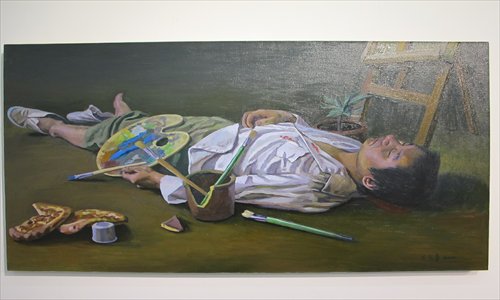 |
| (Photos: Xu Ming/GT) |
Chinese contemporary art has developed for decades and young artists born in the 1970s and 1980s have gradually entered into the public's consciousness: some have even begun to accumulate fame. But when talking about contemporary artists in China, the first people we think of are still artists like Fang Lijun, Wang Guangyi and Yue Minjun who rose to fame in the 1990s.
Chen Haitao, director of Platform China, one art institution engaged in discovering new talents, said the total number of works by young artists is increasing.
"Young artists perform generally well in the primary market. But exploring and discovering talents are full of uncertainty and risks," he said, "and the shift of focus takes time."
Signs of rising
Several days ago, works that have won prizes in the third Newstar Art Festival, a national platform for young artists, were exhibited in Nanjing. The exhibit covers over 100 young contemporary artists' works. In August, the China Central Academy of Fine Arts' Art Museum (CAFAM) held a large "future exhibition" to demonstrate 93 young artists' works.
The attention on young artists has been growing, indicating the domestic eagerness to rally the potential art market. Besides exhibitions, young artists appear more frequently in auctions and galleries. Art institutions like Platform China and Gallery Yang are dedicated to promoting young artists.
Amid the growing attention is the rising number of their works in galleries and art expos. Chen told Global Times that the number of buyers and collectors for young artists is growing due to the relatively low prices. In 2012 Art Beijing's "Art Nova 100" section for young artists, 63.5 percent of the exhibited works were under 50,000 yuan ($7,951), accounting for 76.8 percent of all the works sold.
In the auction market, the price is also rising. Sotheby's spring auction this April made an effort to promote artists born after 1970. Jia Aili, an artist born in 1979, became the most noticeable with his oil painting It's Not Only You Who is Pale (triptych) reached as high as HKD 6.62 million ($850,000), breaking his personal record. It is higher than the price of several Zhang Xiaogang paintings, though Zhang's Bloodline-Big Family: Family No.2 reached HKD 52.18 million - the highest in the section for Chinese contemporary art.
Li Qing, another young artist born in 1981, reached the hammer price of 322,000 yuan with his Spot the Differences in this year's spring auction market. Since 2006 when his works started to enter the market, over 20 pieces were sold above 100,000 yuan - relatively high for a young artist.
To Chen, the emergence of young artists is inevitable. "The art market is dynamic, and needs new artists to add fresh blood, and new collectors' demand on relatively low-priced works helps get the process going," he said.
As to the controversially high prices for young artists' works, he said it is fine as long as the price matches their artistic growth.
Different touch
An exhibition held in Shenzhen earlier this month shows that young artists are concerned with the details of daily life, as opposed to their seniors who pay more attention to history, ideology, collectivism and other big topics.
"The difference is obvious," Chen told Global Times. "They are from different time periods and are branded [accordingly]. Today's works are more diversified and international." He said that older artists are more conscious about ideology and politics and with strong "revolutionary" color. Young artists focus more on the art itself, social development and cultural ecology.
Platform China is holding an exhibition for Qi Wenzhang, an artist born in 1981. In the exhibition named Self Portrait, several pictures reflect the art market and living conditions of a group of artists, who are painting, starving, and being killed by painting and becoming clowns.
Meanwhile, the young artists are not unconcerned with politics or about social problems as some art critics think. As shown in the CAFAM's exhibition, the artists born after 1978 do not avoid social problems and public life in their works. For example, Song Tuo painted hundreds of portraits of civil servants who are fresh and alive and meanwhile parts of the system.
To some, while many famous artists become cynical under the political and financial pressure, young artists are more conscious of present society and concerned about the situation both the world and they themselves are in.
But to curator Zhu Qi, young artists lack innovation in their methods of expression, including those that are regarded as extraordinary. "Most of them are still in the stage of imitating and borrowing international artistic concepts," he told Global Times.


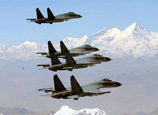

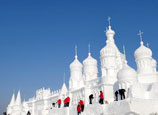
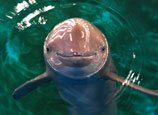
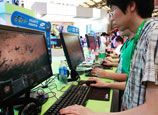

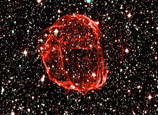






 11 Chinese children dead after van plunges into pond
11 Chinese children dead after van plunges into pond


![]()
